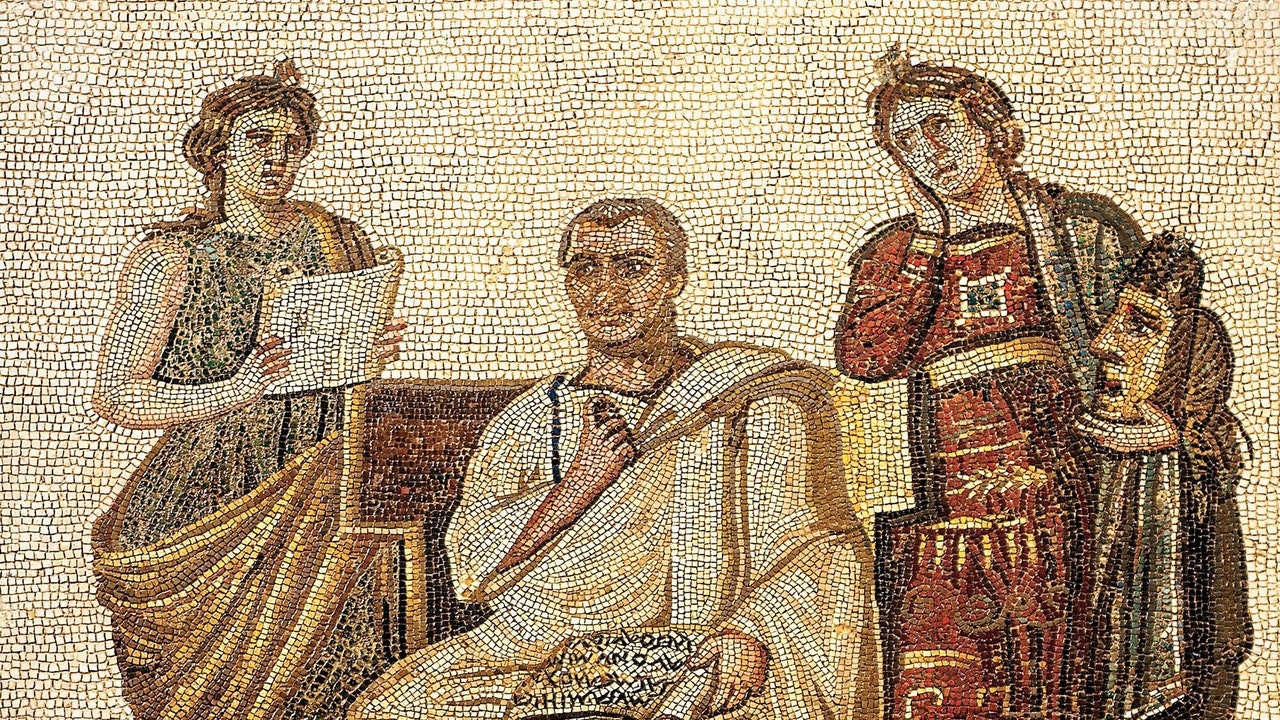Tacitus was right in thinking that Rome had lost some of its traditional virtues with its conquest of huge territories, its accumulation of wealth, and its assumption of imperial responsibilities. Nevertheless, the first two centuries of the Empire mark the most stable and, for many, the most prosperous era that had yet occurred in human history.
No doubt the profits of flourishing commercial life were unevenly distributed, and there were glaring contrasts between rich and poor. But many of the harshest aspects of ancient society elsewhere were softened in Rome. Slaves could obtain their freedom more easily, and once free, they enjoyed the privileges of citizenship. Women had more rights and commanded more respect (we have much evidence of harmonious family life, though there were more divorces perhaps than at any period before our own). Physical comforts were abundant for those who could afford them.
In the city of Rome itself, however, great areas were unsanitary, overcrowded slums; six- and seven-story wooden tenements often burned down or collapsed. Rents were exorbitantly high. Streets were narrow and dark, noisy with cart traffic, full of crime at night. Perhaps worst of all was the chronic urban unemployment; at the height of the Pax Romana perhaps half the population of the capital received free bread. The inhabitants were given free chariot races and gladiatorial combats, and the poor squandered their few pennies on betting. Bloodshed exerted a morbid fascination. Criminals were crucified and even burned alive on the stage as part of spectacles to entertain the populace.
As we shall see in the next chapter, the structure of the Roman state did not disappear in the West until the end of the fifth century A.D. This Roman influence gave a permanent shape to western Europe. Italian, French, Spanish, Romanian, and Portuguese were all derived from Latin, and English has almost as many Latin as Germanic words. Roman legal concepts provided the foundations of respectability. Rome itself became the capital of Christianity and its administrative organization was the model for the structure of the church. Thus transformed into new roles, the metropolis of the Empire continued to exert power and intellectual influence.

